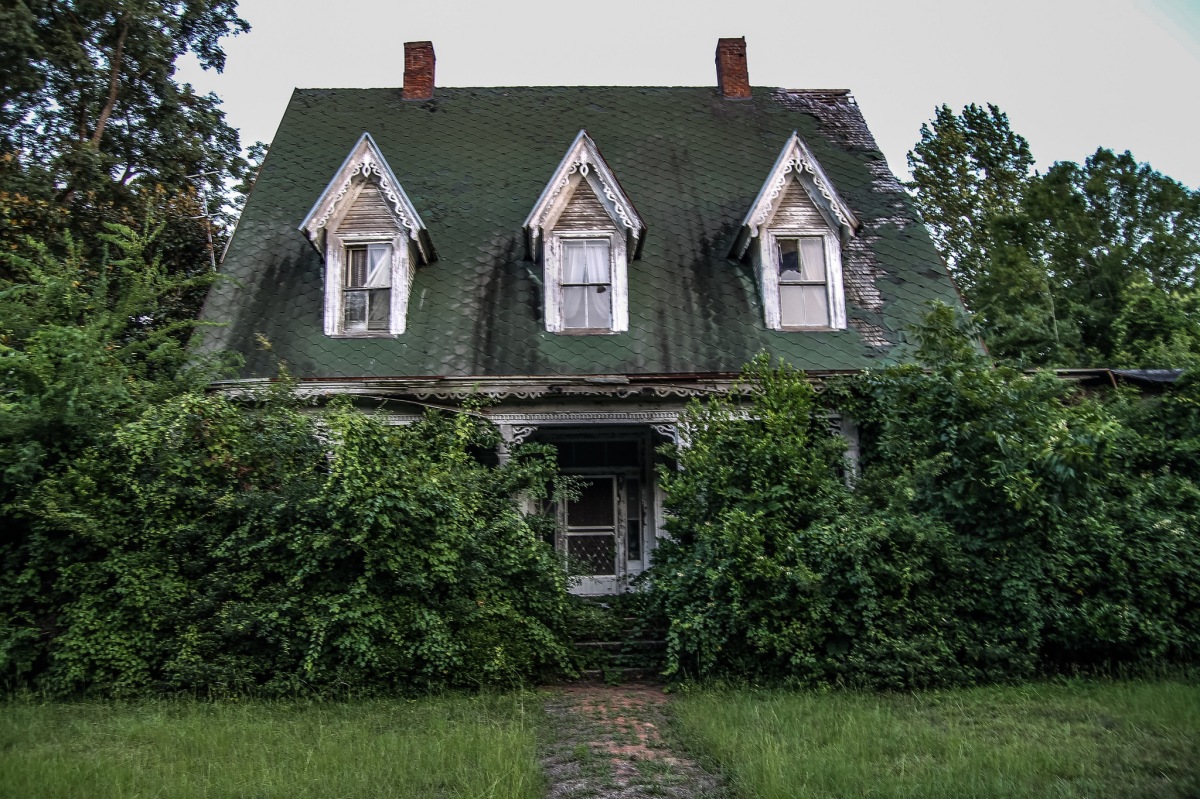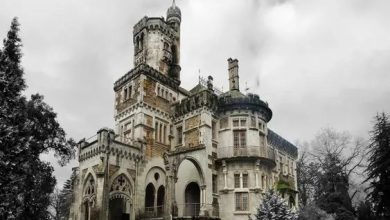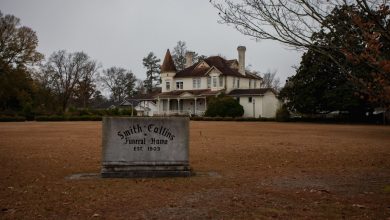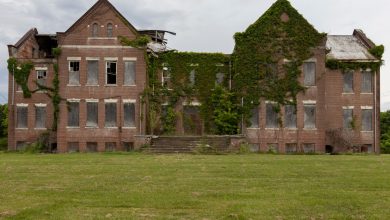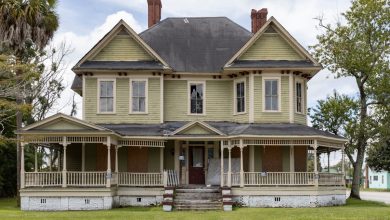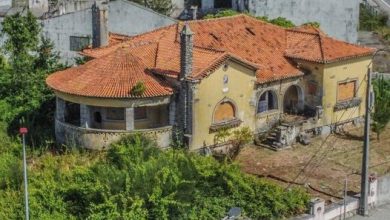James C. Little House – Abandoned House
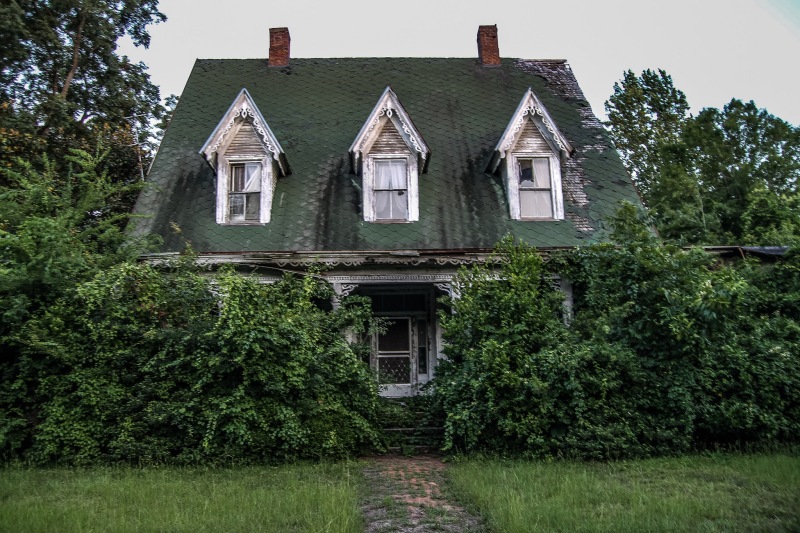
This Gothic Revival home known as the Little House was built at the end of the Reconstruction Era sometime between 1867-1876. The original owner, James Cain Little, joined the Confederacy at the age of 17 before becoming President of the local railroad for 30 years. James was the son of Robert Patterson Little and Elizabeth Cain Little and was a prominent merchant in town from 1869 until the early 20th century.

In 1875, James Little bought approximately half of a city block from William A. Wilkens, one of the early large property owners in Louisville. The purchase price was $2,000. The following year, Mr. Little contracted with L.J. Guilmartin & Co. to build his large residence. He paid them $4,000 to build his 5,000 square foot home on one of the corner lots. The elegant home features a dramatic central staircase, 15-foot high ceilings, a wrap-around front porch, etched transom windows, among other ornate details. James Little sold the home to his wife, Nellie Patterson Little, for $5,300 in 1911. It is believed the transfer to his wife was a sale and not a gift. This transaction must have been business or legal related. James Cain Little passed away in 1917.
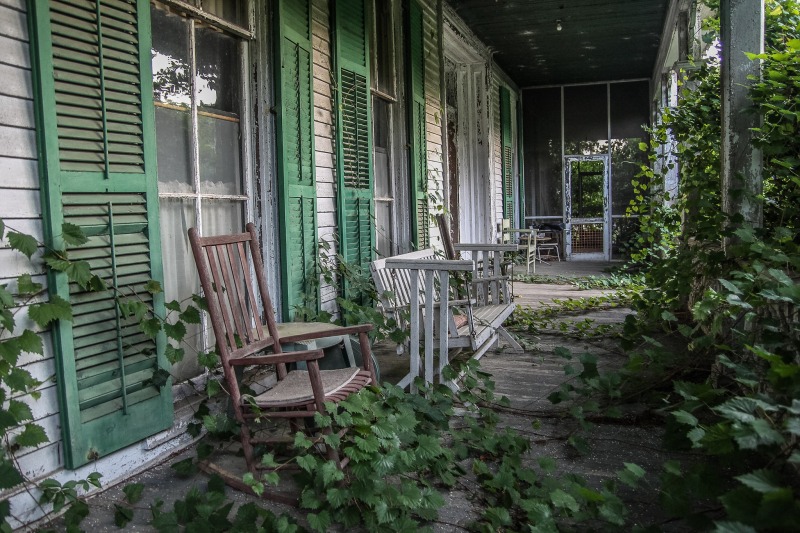
Hard times followed, the boll weevil destroyed the Georgia cotton industry throughout the 1920s. Bad economic times got even worse with the crash of the stock market in 1929, triggering the Great Depression which lasted until World War II. Many farmers, merchants, banks, and businesses failed during this period. Nellie Little never remarried after her husband’s death. She sold the residence to C.W. Powers in 1924 for $6,500.

In 1937, in the depths of the Great Depression, Home Owners’ Loan Corporation (HOLC) foreclosed on the property. HOLC sold the home at auction for $4,900. In 1948, the heirs of Minnie W. McDaniel sold the property to Mrs. Winnie W. McDaniel for the sum of $7,500. During the 1950s, the downstairs rooms were used as a boarding house. The home was shared by 3 aunts, one had a home beauty salon on the right side downstairs, which was her main source of income. In 1987, the children of Winnie McDaniel sold the property to Eve Maria Griffin for $30,000.

Eve Griffin owned the property until last year. She was a well-known lounge singer in the area during the 1960s and 1970s. She bought the house in 1987 but lived there years earlier with her mom, Hattie Mae Willie (Minnie McDaniels’ niece), and her 4 siblings. Eve’s younger brother is Ennis Willie, somewhat famous for his graphic novels. He wrote his first book Vice Town at the house in 1962. He wrote his novel drafts on a Royal typewriter he kept in the downstairs front bedroom.
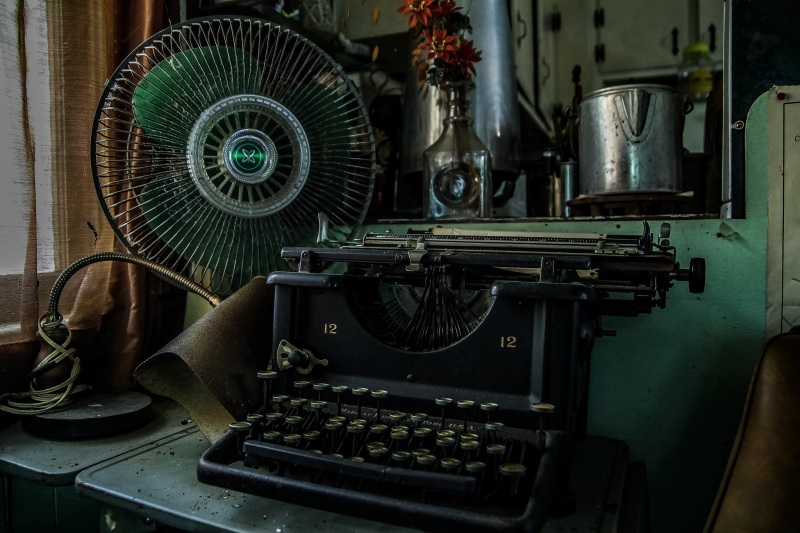



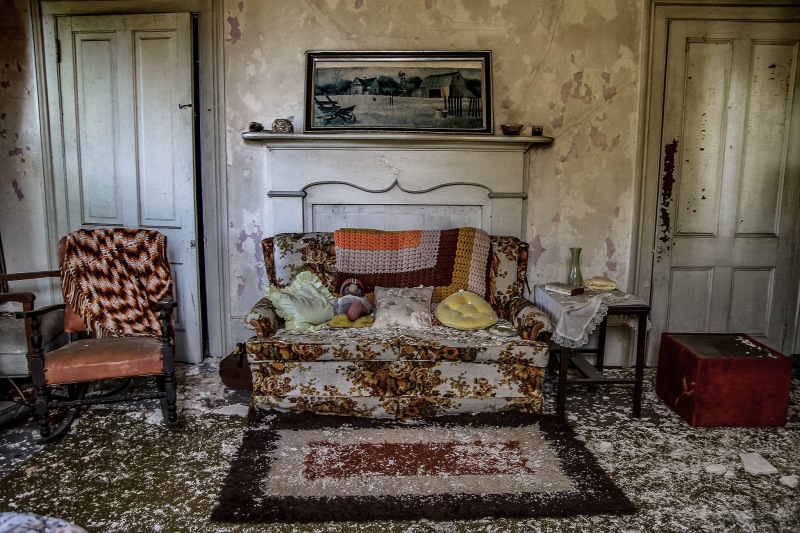
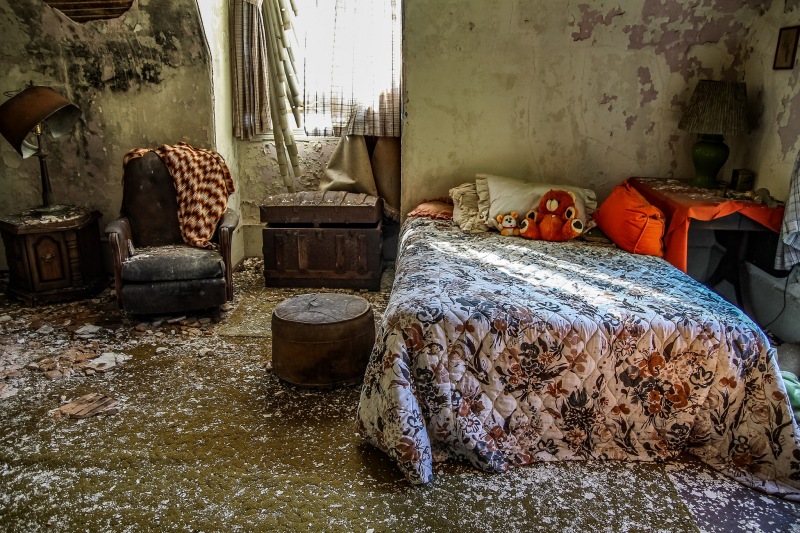






The roof is in need of extensive repairs. There are large exposed holes causing mold and falling plaster everywhere. Although the area is in a historic district, there are no plans to add this house to the National Register of Historic Places. In 2017, the Louisville Downtown Development Authority gained control of the property with the goal of stabilizing and saving the house. The authority has made an effort to stabilize the roof and clear away the underbrush. The home is listed for sale for $15,000. The Little House and many more amazing abandoned places from Georgia are available in my book, Abandoned Georgia: Exploring the Peach State.
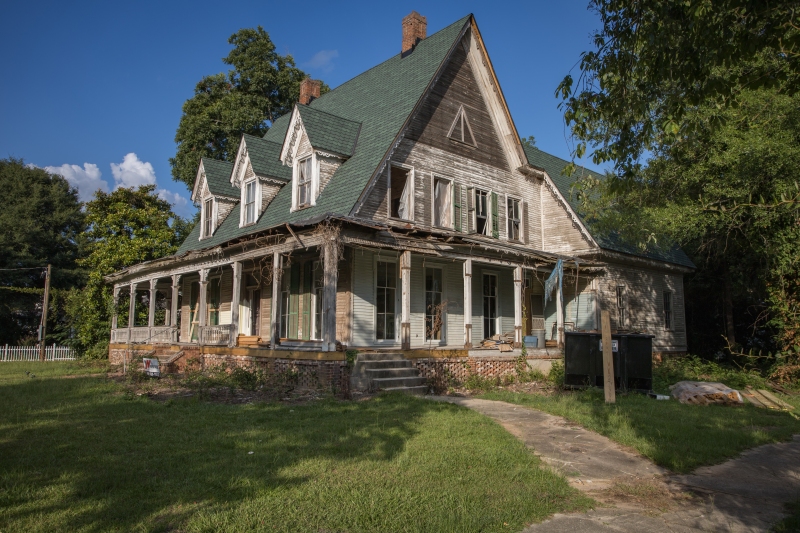
In 2020, the Little – McDaniel house was purchased and efforts to restore the old home began immediately. Within three months the house had a new roof, a secure foundation, and functioning windows for the first time in decades. Sadly, on July 20, 2020 the historic home caught fire after lightning struck a nearby tree, which quickly engulfed the house resulting in a total loss.
Source: https://numerologybox.com
Category: Abandoned Place
